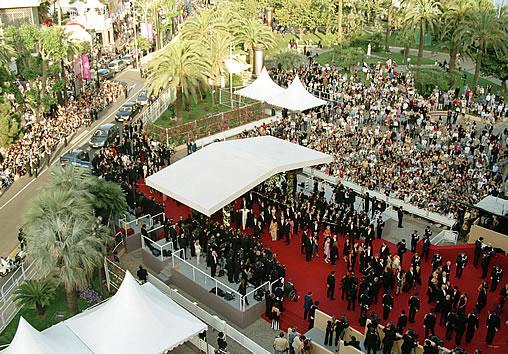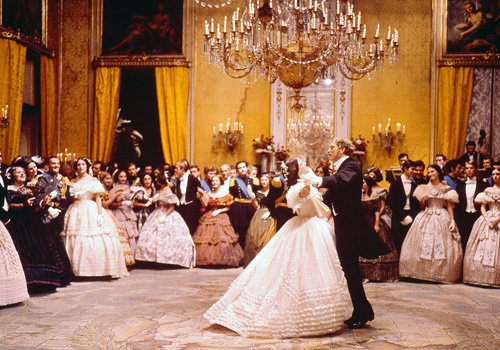In the spring, a young cineaste's fancy lightly turns to thoughts of Cannes. Or, in the case of certain cineastes, not so lightly.

Does it matter? Does Cannes really do anything anymore, or has it become an airless pageant, one long, beachside photo-op with a few screenings thrown in for old times' sake?
No: Cannes does matter. As opposed to Sundance, a festival which seems to get more and more insular, self-congratulatory, and (I don't even know if this phrase will make sense) aesthetically vestigial with every passing year, The Cannes Film Festival has continued to raise the level of film consciousness not just in France, but throughout the world.
Cannes' partnership with Martin Scorsese's World Cinema Foundation, along with its commitment to spotlighting documentaries about filmmaking (this year's subjects include docs about Ingmar Bergman and legendary cameraman Jack Cardiff), is proof of the festival's seriousness. But Cannes' greatest gift to the film going world is, I think, with respect to the field of restoration. Every year, after a vigorous cleaning-up (or in the case of certain critical cases, a full-blown rescue), a new crop of classics - some of them fringe, some of them mainstream - gets a Cannes platform. And because a Cannes platform means a world platform, these great works can once again (or maybe even for the first time) be given their due.
This year's round of restored prints includes Bunuel's Tristana (presented by Pedro Almodovar), Renoir's Boudu Saved from Drowning, as well as The Tin Drum, Psycho, Kiss of The Spider Woman (too long forgotten), The African Queen (too long remembered), and - this one's particularly exciting - a restoration of Visconti's The Leopard, which contains what is easily the most purely beautiful passages of film ever shot.

When people talk about movies looking beautiful you'll often hear them say, "It looked like a painting," or something to that effect. They mean it as high praise, but often, the painterly, portrait-like compositions they're referring to are too studied, making the movie feel dead and stilted, more like a museum piece than an actual living, moving piece of life captured on film. Naturally, studied can be beautiful - as in the films of Peter Greenaway and Stanley Kubrick and Ingmar Bergman and others - but in The Leopard, especially in the film's final moments, Luchino Visconti is onto something trickier: portraits that move. Keeping up that painterly framing is no easy task considering that the very nature of the moving image means his compositions must be ever-changing. So how does he do it? How does Visconti keep his world alive without losing his hold on the perfect frame?
We'll have a clearer answer now than ever before. So in the midst of the hysteria, the disappointments, and the madcap media free-for-all that has become as integral to Cannes as the films themselves, remember The Leopard, Visconti, and the armies of magicians laboring for hours to move a single fleck of grain from a single frame of film. My hat's off to them.